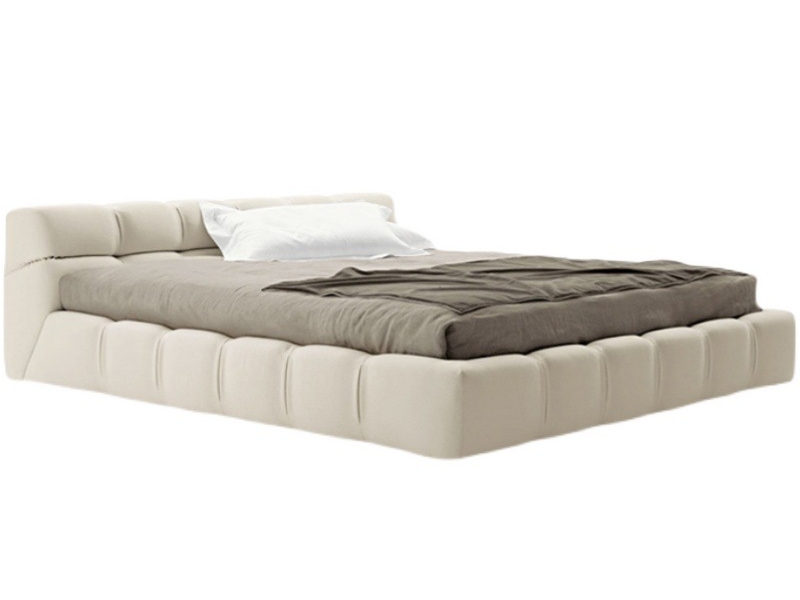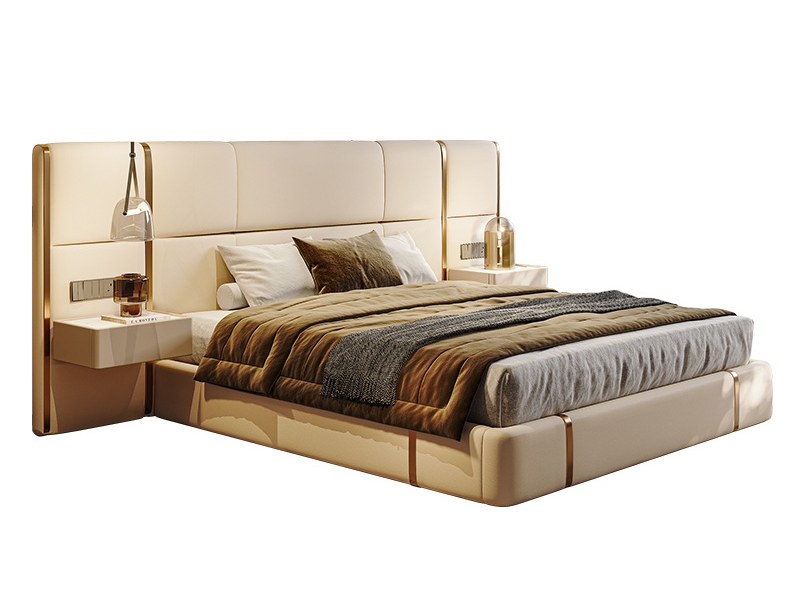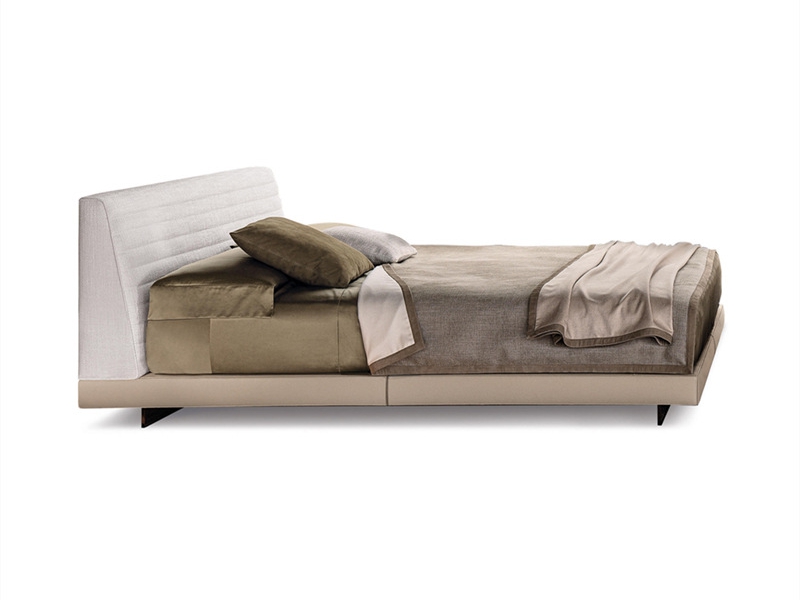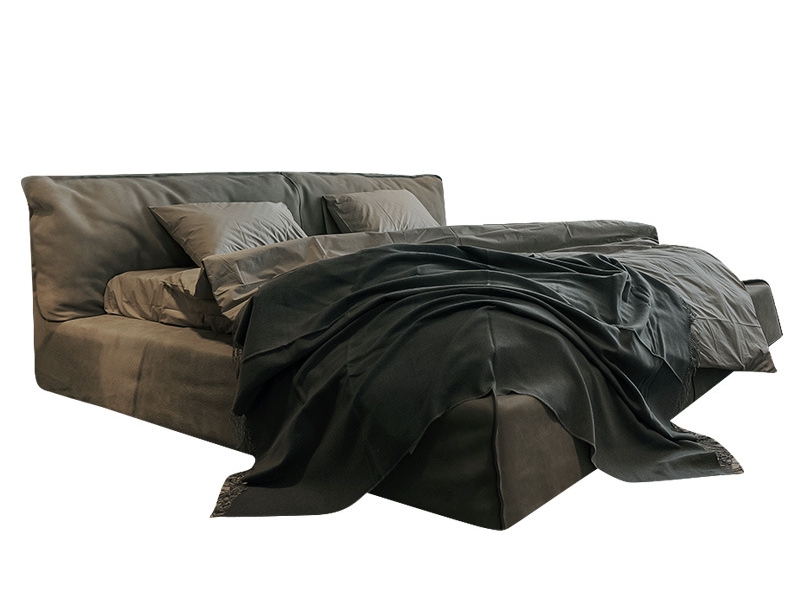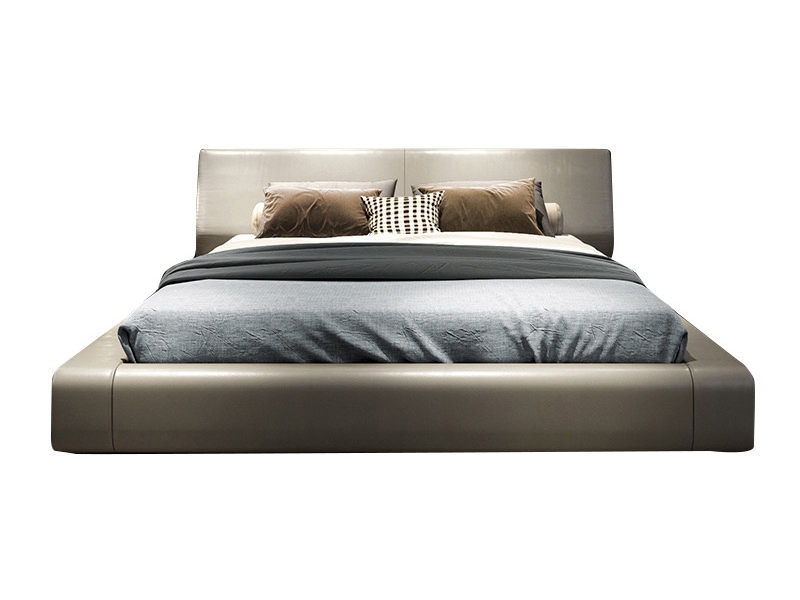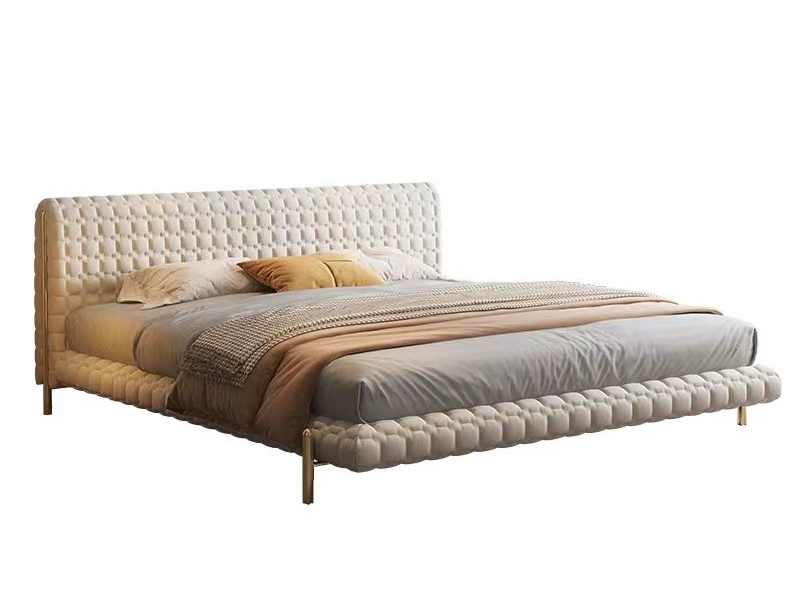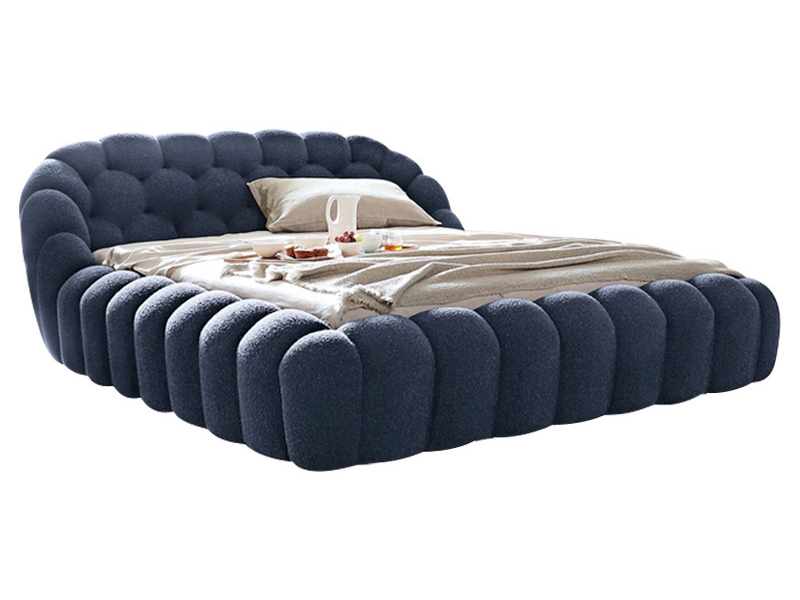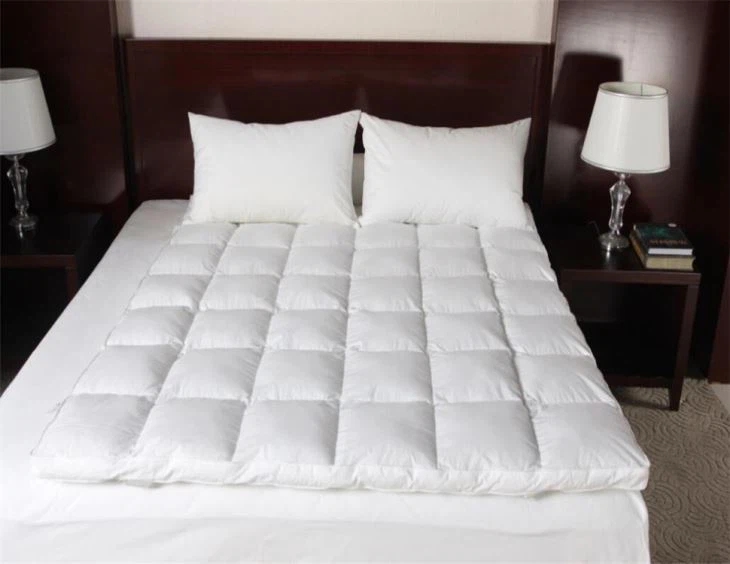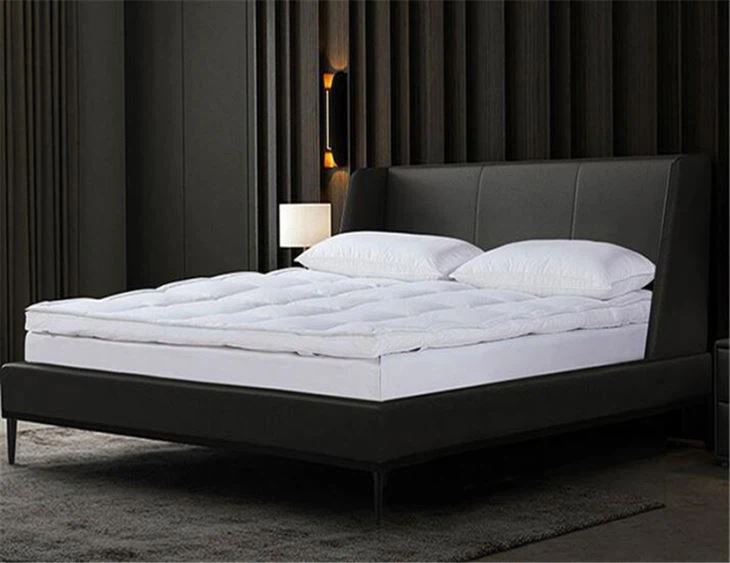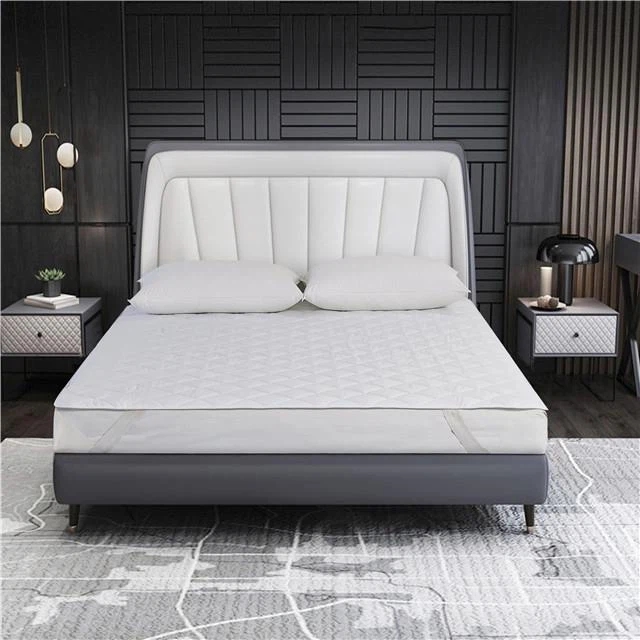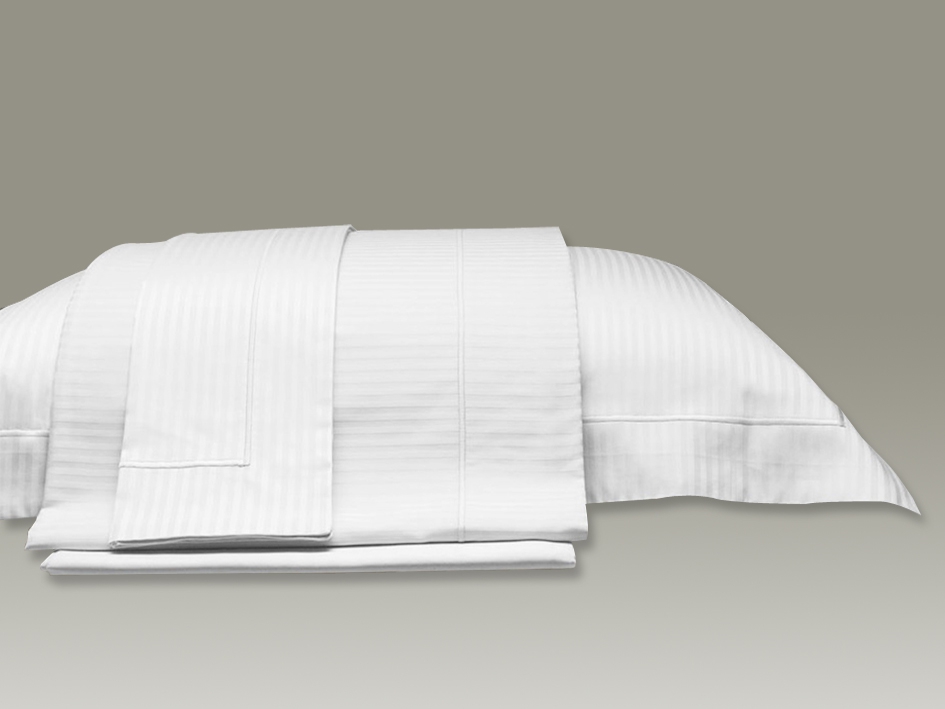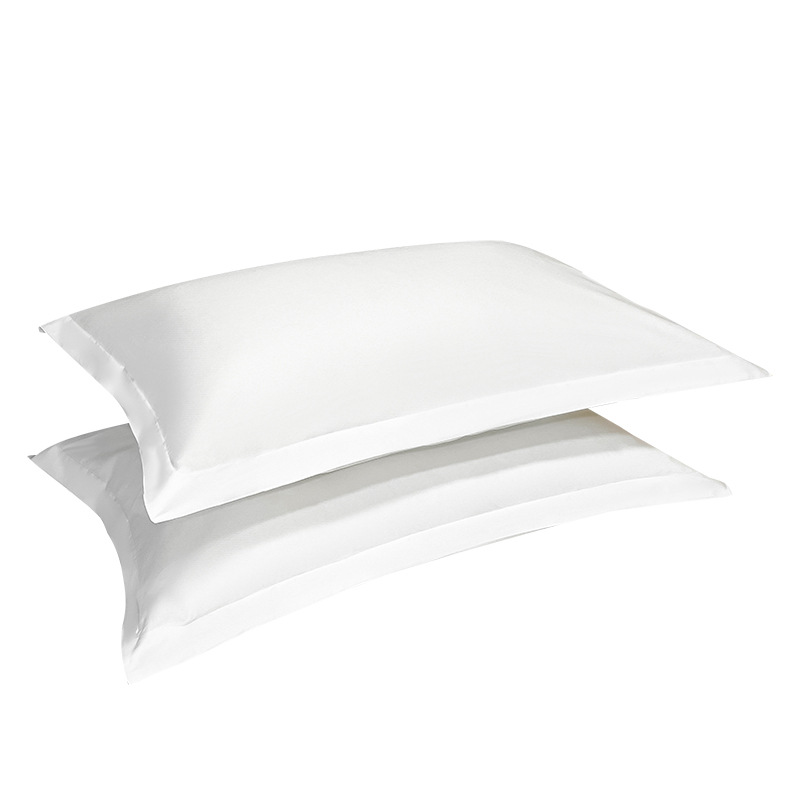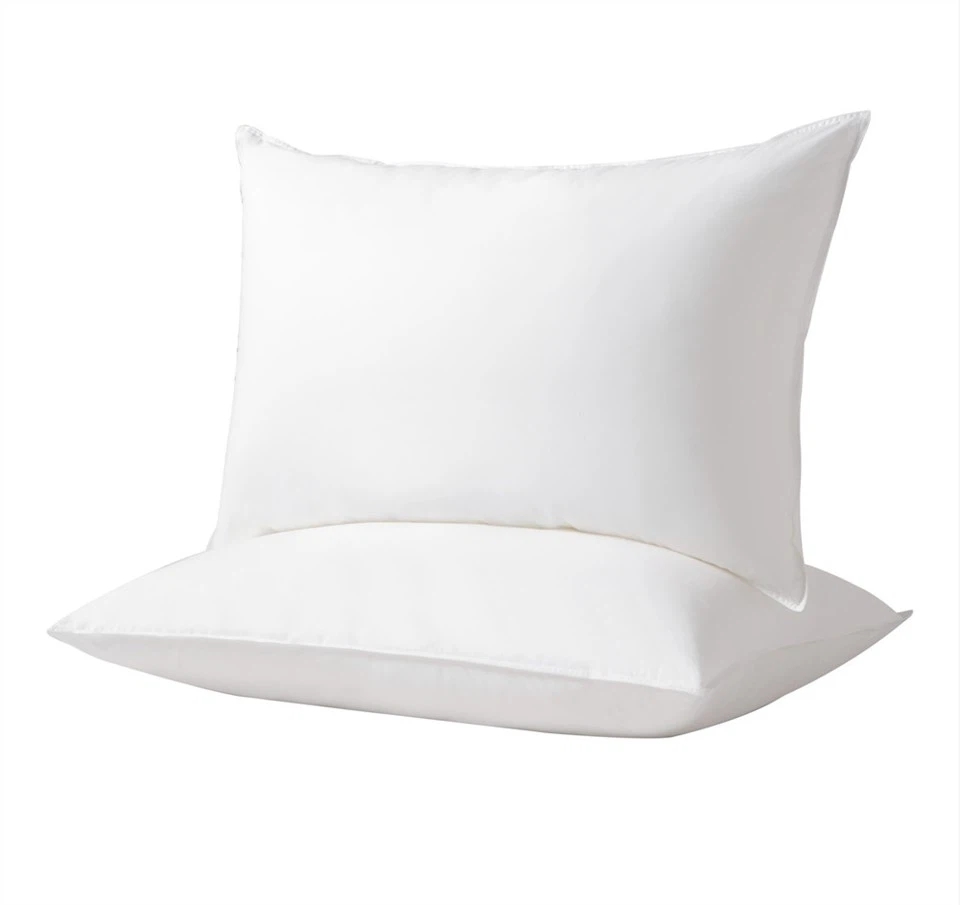How to select Hotel Furniture?
Publish Time: 2024-09-08
When selecting hotel furniture, it's essential to ensure the materials, construction, and design meet industry standards. Below are key factors to consider when evaluating hotel furniture for durability, safety, and functionality:
1. Material Suitability
The materials used in different types of hotel furniture should be appropriate for their specific functions. For instance, table legs, chair legs, and cabinet supports should be made from hardwood for strength and durability, as they need to bear substantial weight. In contrast, internal components can be made from lighter materials. Wardrobe legs, for example, should have a thickness of at least 2.5 inches to ensure stability without appearing bulky, but if they are too thin, they may bend or warp. Cabinets in areas like kitchens or bathrooms should not be made from fiberboard, which can swell and degrade when exposed to moisture; instead, plywood is recommended. Dining tables, on the other hand, should be designed to withstand frequent cleaning. When inspecting wood quality, check for signs of insect damage or poor drying. Additionally, open drawers and cabinets to inspect for internal decay, and press the wood lightly with a fingernail—if it gives easily, the material may be rotting. Be sure to smell inside the furniture for any harsh chemical odors, which may indicate high formaldehyde levels in adhesives, posing a health risk.
2. Wood Moisture Content
The moisture content of wood used in hotel furniture should not exceed 12%. Excess moisture can cause warping and deformation over time. Since most consumers do not have moisture-testing equipment, a simple method is to touch the unpainted surfaces of the furniture—if they feel damp, the moisture content is likely over 50%, making the furniture unsuitable. Another method is to sprinkle a small amount of water on unpainted wood; if it absorbs slowly or not at all, the moisture content is too high.
3. Structural Integrity
The stability of hotel furniture is crucial for long-term use. For smaller items such as chairs, stools, and coat racks, drag them lightly across a concrete floor or give them a gentle shake. A clear, crisp sound indicates solid construction, while dull or rattling noises suggest loose joints or poor assembly. Larger furniture items like desks or tables should be shaken slightly to check for wobbling, while sofas should be tested by sitting to see if they creak or feel unsteady. If a sofa makes noise or wobbles when sat on, the construction likely relies on nails rather than sturdy joints, which will shorten its lifespan. Furniture legs, such as those on tables and chairs, should have triangular braces for added support, and when choosing upholstered chairs, it's useful to feel the frame for hidden reinforcements.
4. Evenness of Furniture Legs and Surfaces
When evaluating furniture, place it on a flat surface to check if all four legs rest evenly. Some furniture may have one leg that does not touch the floor, causing instability. Additionally, check that tabletops are flat—bowing can result in the surface either bulging upward, causing objects like glass panels to spin, or sagging inward, leading to cracks under pressure. For cabinets, ensure that the doors and drawers align properly and open smoothly without excessive gaps.
5. Surface Veneer Quality
For veneered furniture, whether it's wood veneer, PVC, or pre-laminated paper, ensure that the surface is smoothly applied without bubbles, peeling, or uneven seams. Any visible flaws in the veneer can affect both the appearance and durability of the furniture.
By paying attention to these details, hotel managers can ensure they select high-quality, durable furniture that meets both functional and aesthetic requirements for their guests' comfort and safety.



